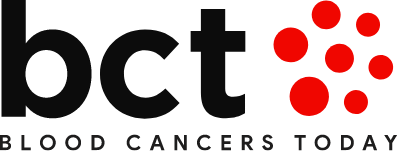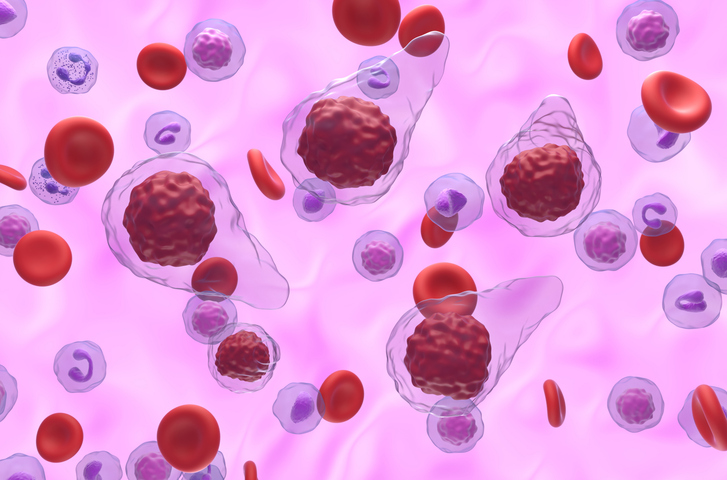
There was no significant difference in the rates of JAK2V617F molecular response (MR) or complete clinicohematologic response (CHR) between hydroxyurea (HU) and pegylated interferon-alpha2 (IFNα) over five years of treatment in patients with myeloproliferative neoplasms (MPN), according to an analysis from a phase III study.
The findings were based on a modified intention-to-treat population analysis from the phase III DALIAH trial. The study’s authors, led by Trine Alma Knudsen, MD, of the Zealand University Hospital in Vaerloese, Denmark, noted that, “using the per-protocol principle, the MR and CHR rates were superior in the IFNα group at 36 months and beyond.”
Participants aged over 60 years were randomized between HU, IFNα-2a, and IFNα-2b, while participants aged 60 years or under were randomized between IFNα-2a and IFNα-2b. The primary and secondary endpoints were assessed at 18, 36, and 60 months based on 2009 European LeukemiaNetwork criteria for essential thrombocythemia (ET), polycythemia vera (PV), and prefibrotic myelofibrosis (PreMF), or 2005 European Myelofibrosis Network criteria for primary myelofibrosis (PMF).
The final analysis reviewed 203 patients, 73 (36%) with ET, 89 (44%) with PV, 16 (8%) with PreMF, and 25 (12%) with PMF. Treatment groups were well-balanced except for median age, which was 68 years in the HU group versus 59 years in the IFNα group (P<.0001).
Investigators reported MR rates per treatment group at the following timepoints.
| Treatment | 18 months (P=1.00) | 36 months (P=.64) | 60 months (P=1.00) |
| HU | 19% | 19% | 23% |
| IFNα | 21% | 26% | 24% |
Additionally, researchers noted the CHR rate was higher with HU at 18 months, but similar at all other timepoints.
| Treatment | 12 months (P=.21) | 18 months (P=.03) | 60 months (P=.83) |
| HU | 50% | 58% | 24% |
| IFNα | 36% | 38% | 22% |
Though MR rates were similar, the JAK2V617F allele burden was significantly lower in the IFNα group starting at 36 months, and the absolute change in median allele burden from baseline to month 60 was greater with IFNα at -20% (interquartile range [IQR], -9 to -49) compared with HU at -7% (IQR, 3 to -15), according to the report (P=.0053).
Ultimately, “among patients remaining on treatment (per-protocol analysis), the MR and CHR rates were superior in the IFNα group compared to the HU group at 36 months and beyond,” reported Dr. Knudsen and colleagues.
Reference
Knudsen T, Hansen D, Ocias L, et al. 746 Final analysis of the Daliah trial: a randomized phase III trial of interferon-α versus hydroxyurea in patients with MPN. Poster presented at: ASH Annual Meeting and Exposition; December 9-12, 2023; San Diego, CA.






 © 2025 Mashup Media, LLC, a Formedics Property. All Rights Reserved.
© 2025 Mashup Media, LLC, a Formedics Property. All Rights Reserved.